
Scientists confirm an ‘Earth’ around nearest star

University of Geneva researchers have helped confirm the existence of an Earth-sized planet around the Proxima Centauri star, using measurements from the Swiss-built ESPRESSO spectrograph.
The results, the fruit of work by an international team, have been publishedExternal link in the journal Astronomy & Astrophysics. The planet in question, Proxima b, has been described as “one of the most interesting planets known in the solar neighbourhood” by lead author Alejandro Suárez Mascareño. Scientists are excited to learn more about its atmosphere and potential to sustain life.
Shot of ESPRESSO
Key to research were radial velocity measurements using ESPRESSOExternal link, the Swiss-manufactured spectrograph – the most accurate currently in operation – which is installed on the European Southern Observatory’s Very Large Telescope in Chile, according to a University of Geneva statement released on Thursday.External link
Proxima b was first detected four years ago by ESPRESSO’s predecessor HARPSExternal link, which measured a low disturbance in the Proxima Centauri star’s speed, suggesting the presence of a planet.
ESPRESSO confirmed that Proxima b’s minimum mass was close to Earth’s, at 1.17 Earth masses (the previous estimate was 1.3), and that it orbits around its star in only 11.2 days. Francesco Pepe, the University of Geneva astronomy professor in charge of ESPRESSO, said the better measurements were “a just reward for all the teamwork lasting nearly 10 years”.
Michel Mayor, honorary professor at Geneva and the winner of the 2019 Nobel Prize winner in physics, also commented on the findings. “ESPRESSO has made it possible to measure the mass of the planet with a precision of over one-tenth of the mass of Earth,” said Mayor. “It’s completely unheard of.”
+ Swiss scientists win Nobel Prize in Physics
Extra-terrestrial life?
Although Proxima b is around 20 times closer to its star than Earth is to the Sun, it receives comparable energy, so its surface temperature could mean that water (if there is any) is in liquid form in places and “might, therefore, harbour life”, the statement continued.
But the planet’s star may be a sticking point: it is an active red dwarf that bombards Proxima b with deadly X-rays (the planet gets 400 times more of these than the Earth does).
Scientists are wondering if the planet has an atmosphere that protects it from these rays and if so, if this would have the chemical elements like oxygen needed for the development of life. These are questions to be tackled next, with the help of specially-developed instruments, they say.
Second planet?
Meanwhile, the team has found evidence of a second signal in the data, the cause of which is still unknown.
“If the signal was planetary in origin, this potential other planet accompanying Proxima b would have a mass less than one third of the mass of the Earth. It would then be the smallest planet ever measured using the radial velocity method,” said Pepe.

In compliance with the JTI standards
More: SWI swissinfo.ch certified by the Journalism Trust Initiative
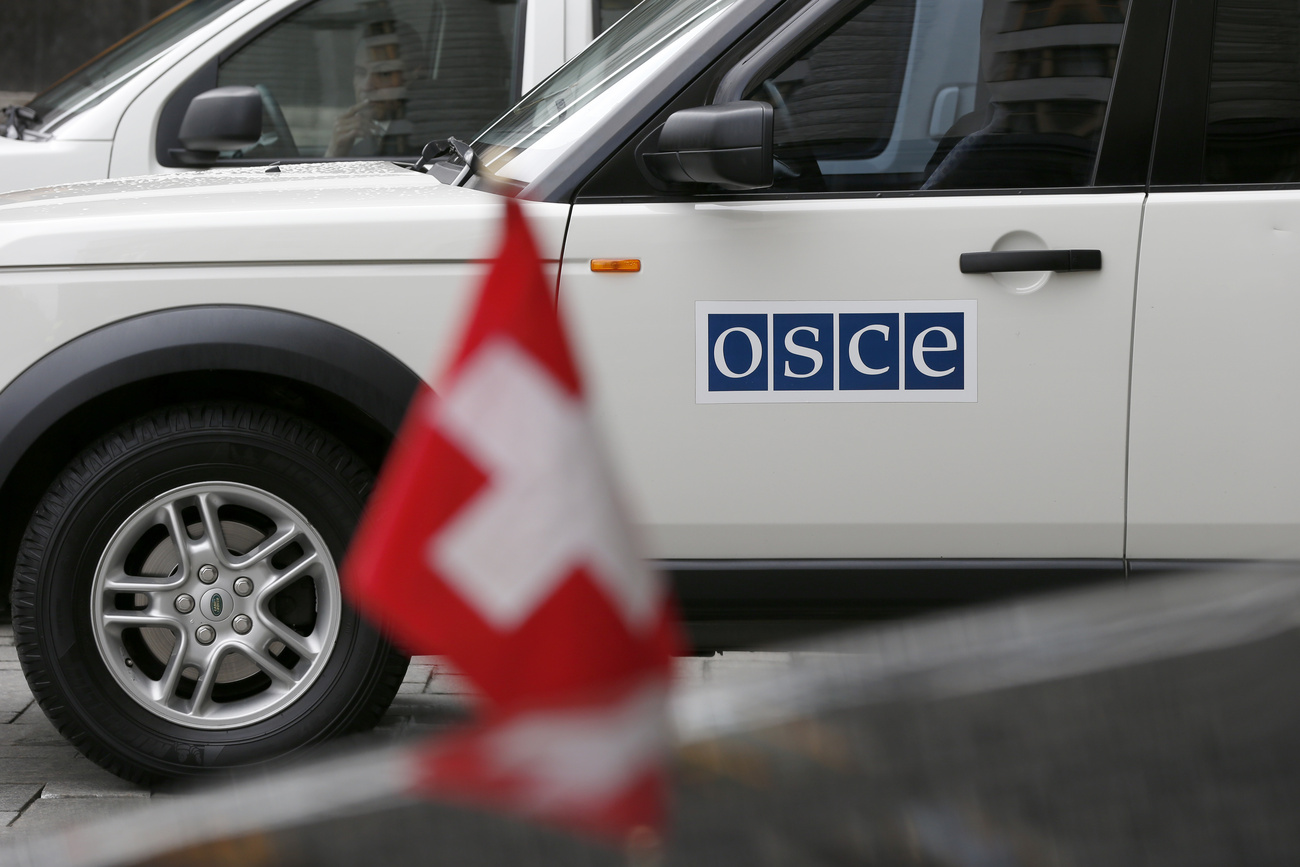





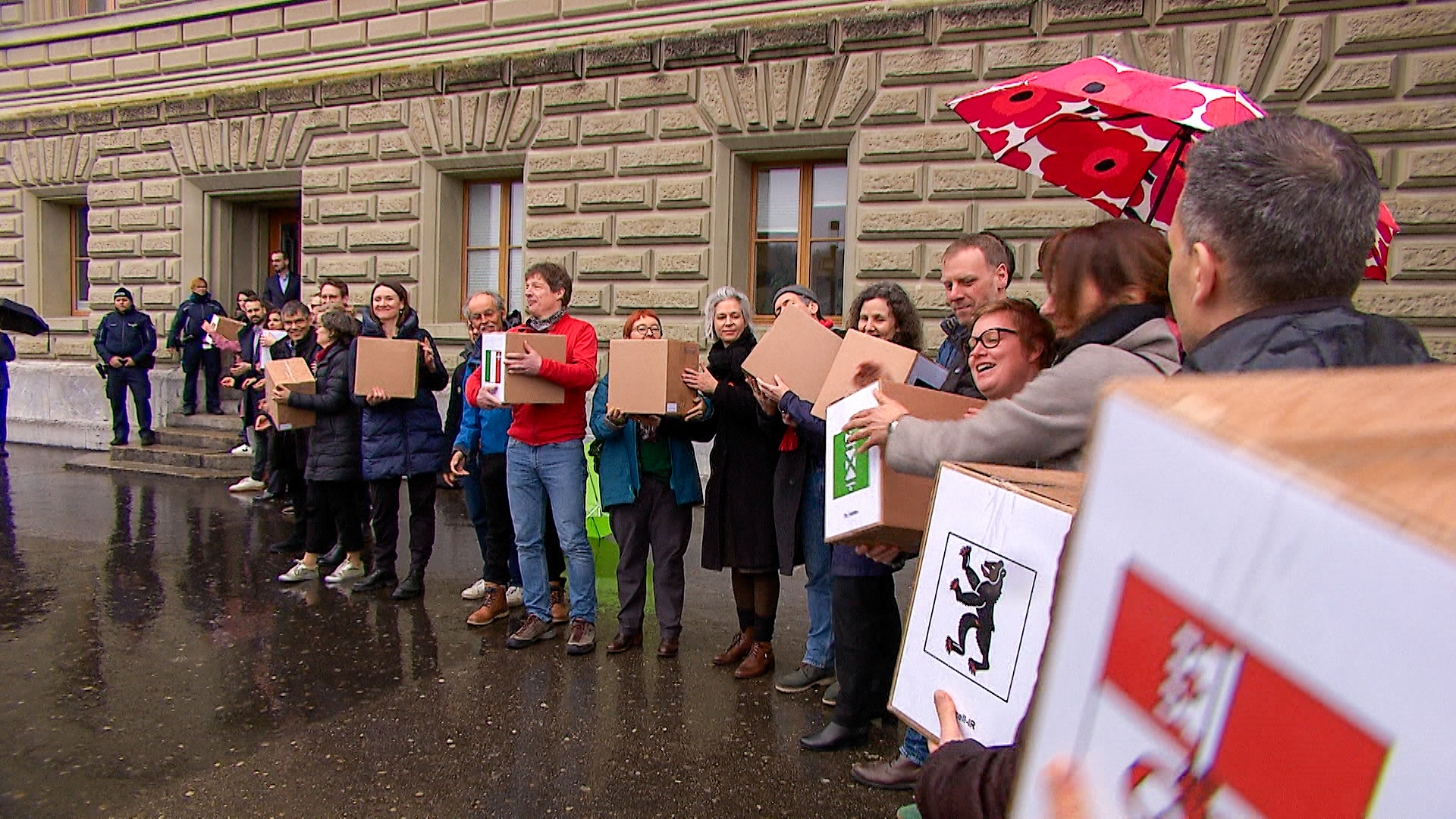



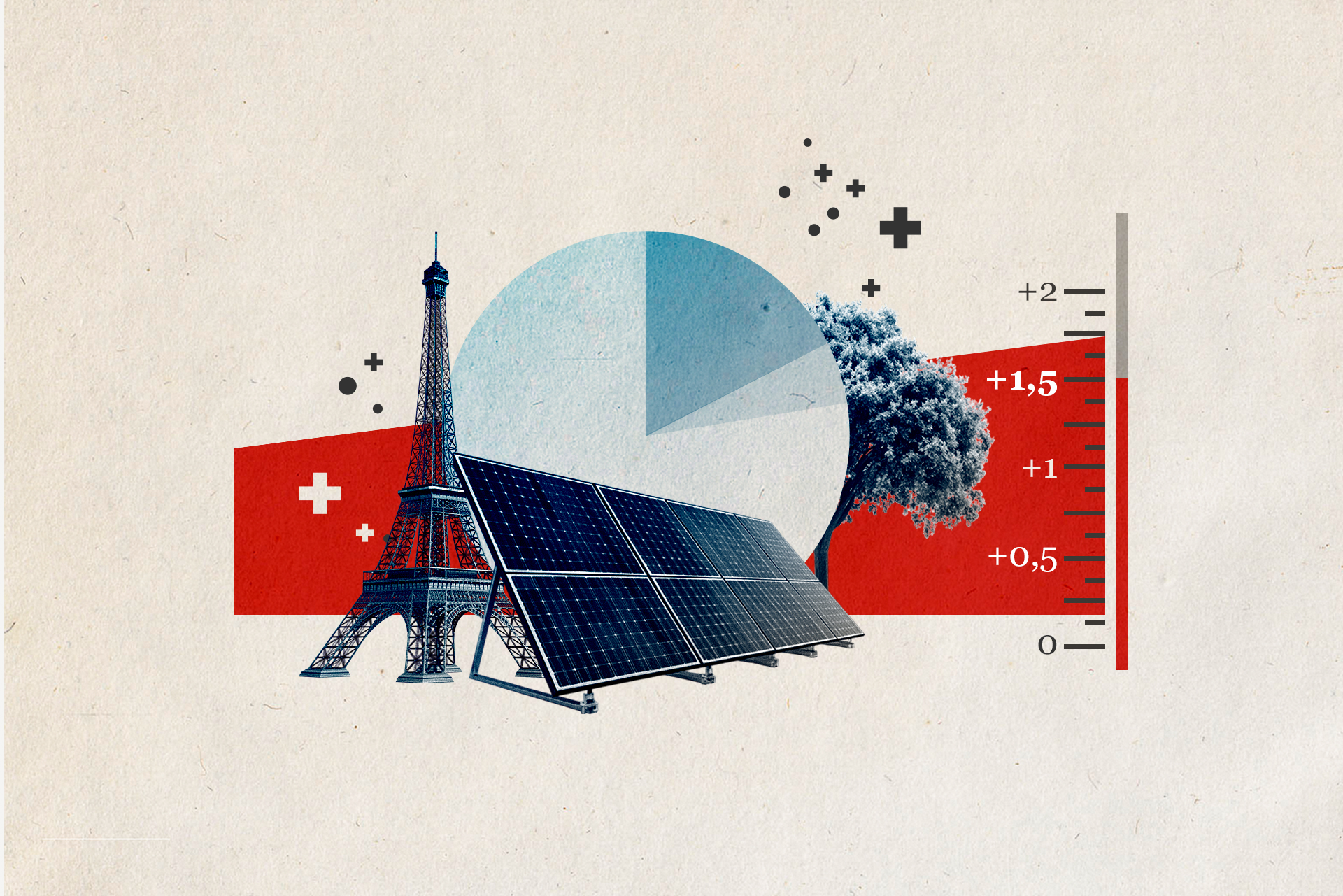



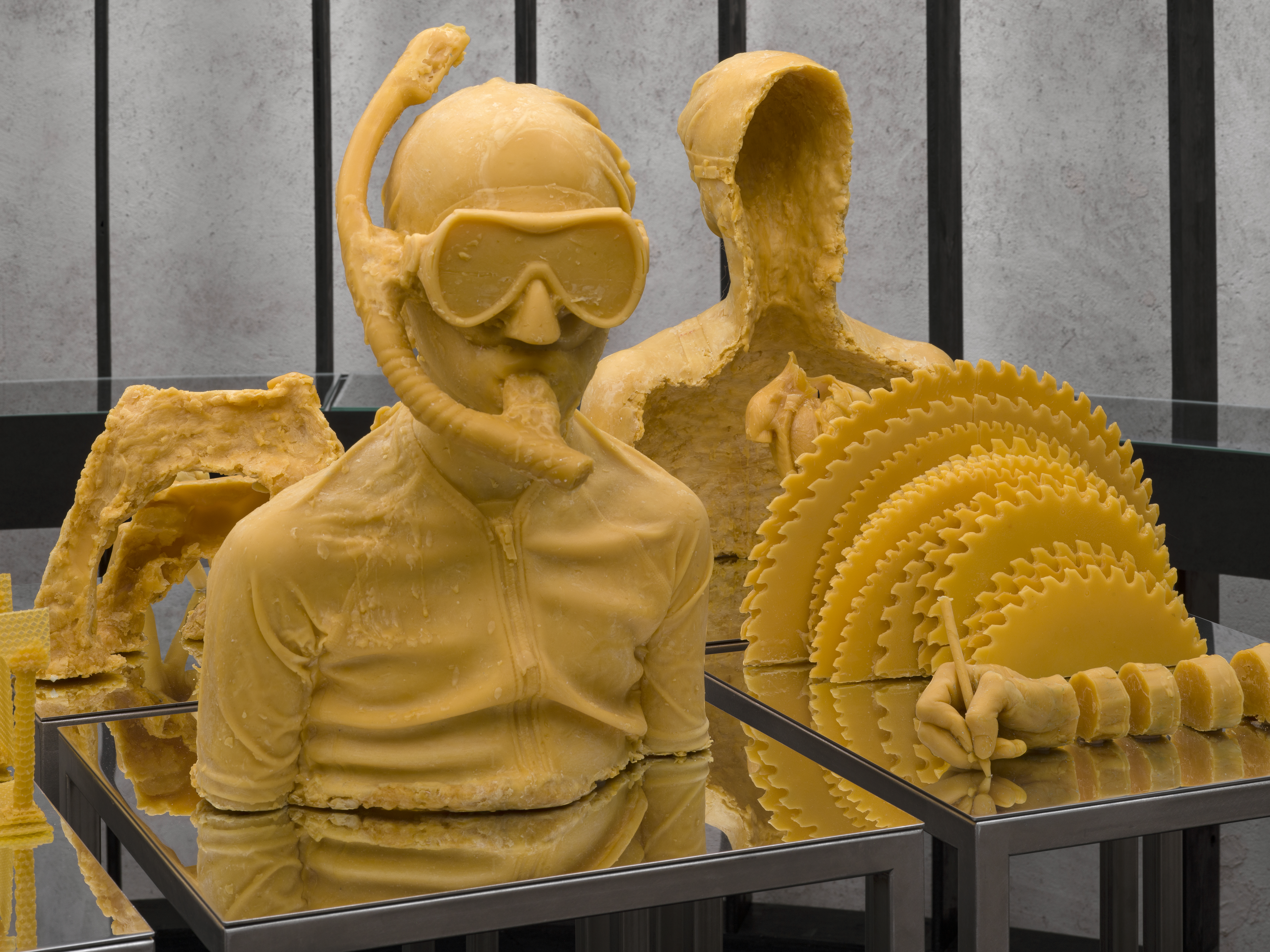
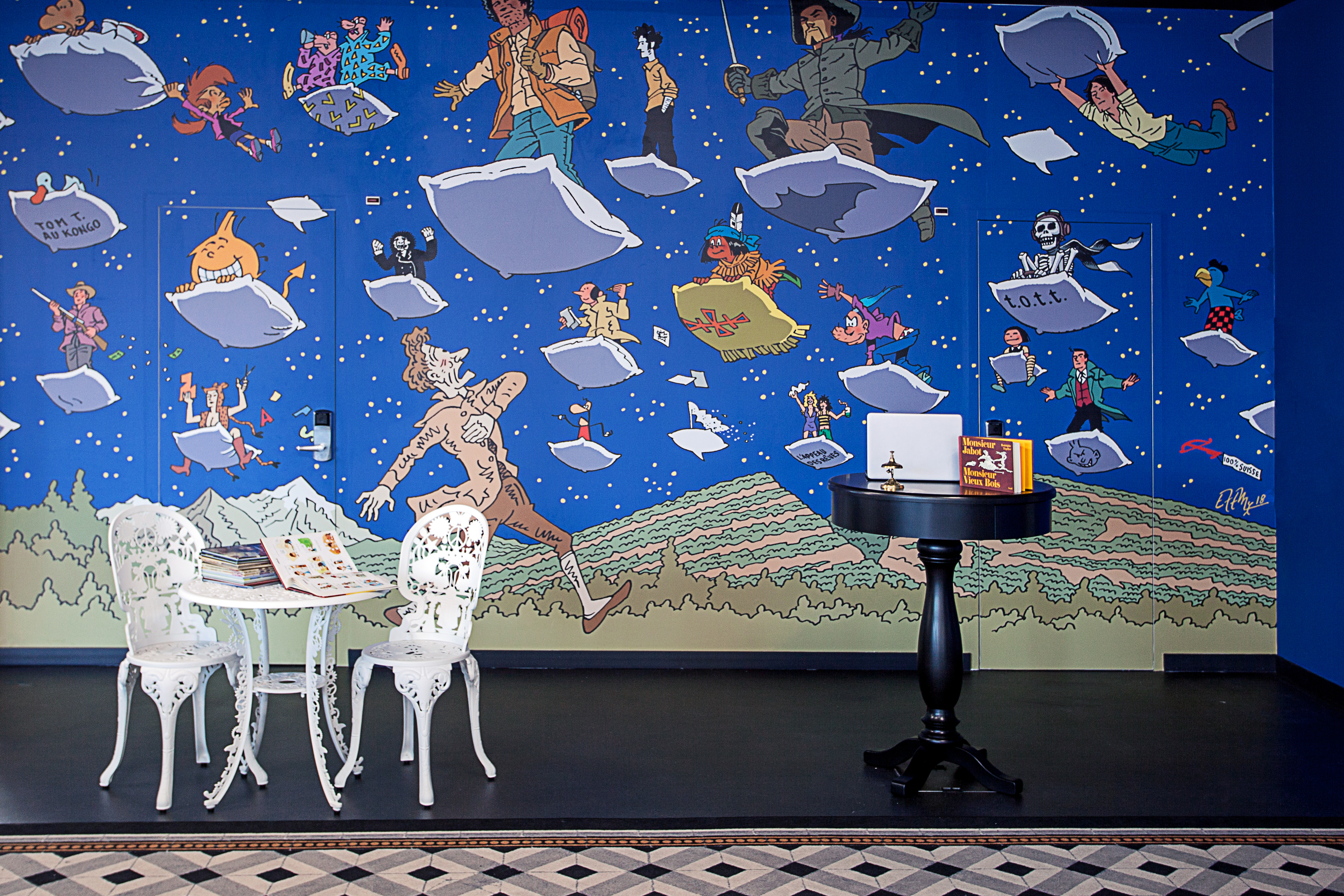





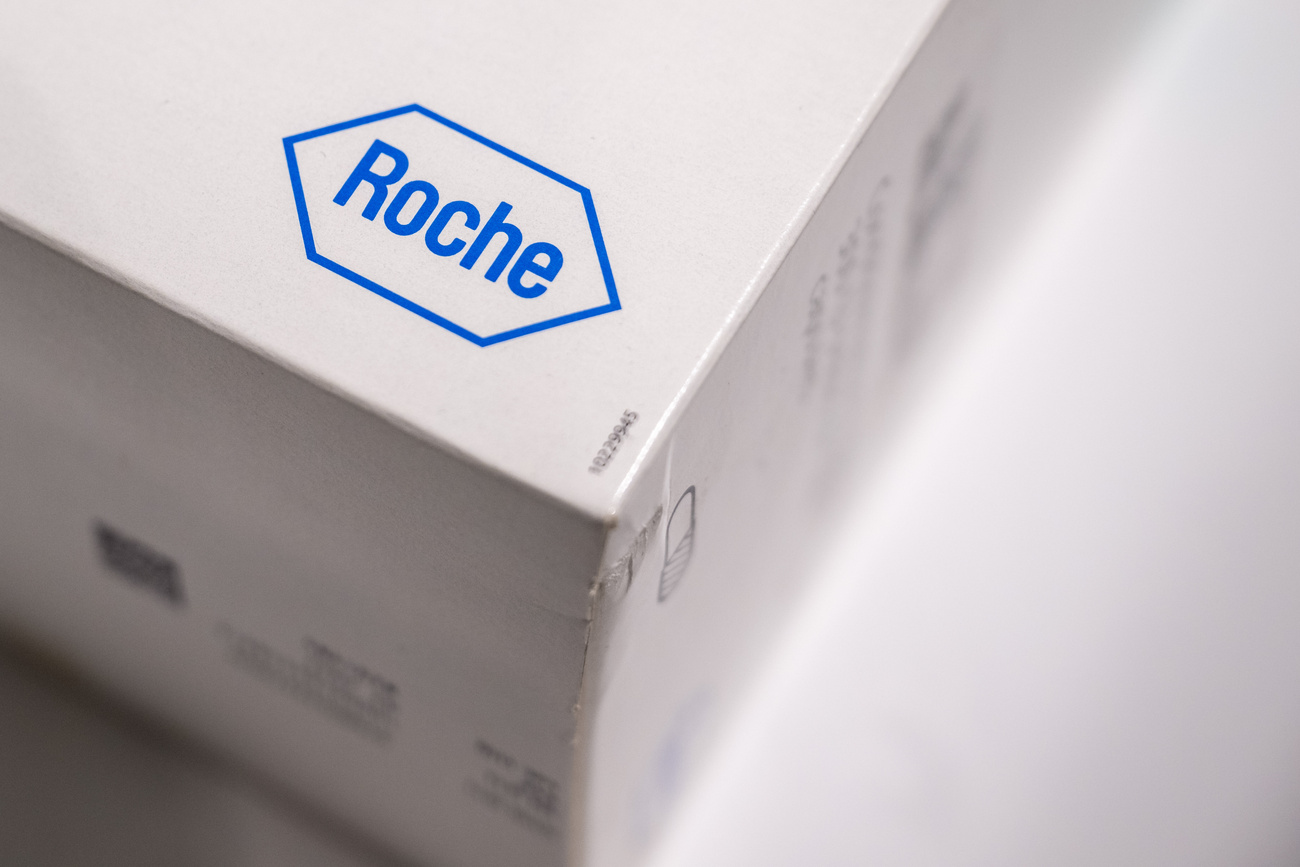
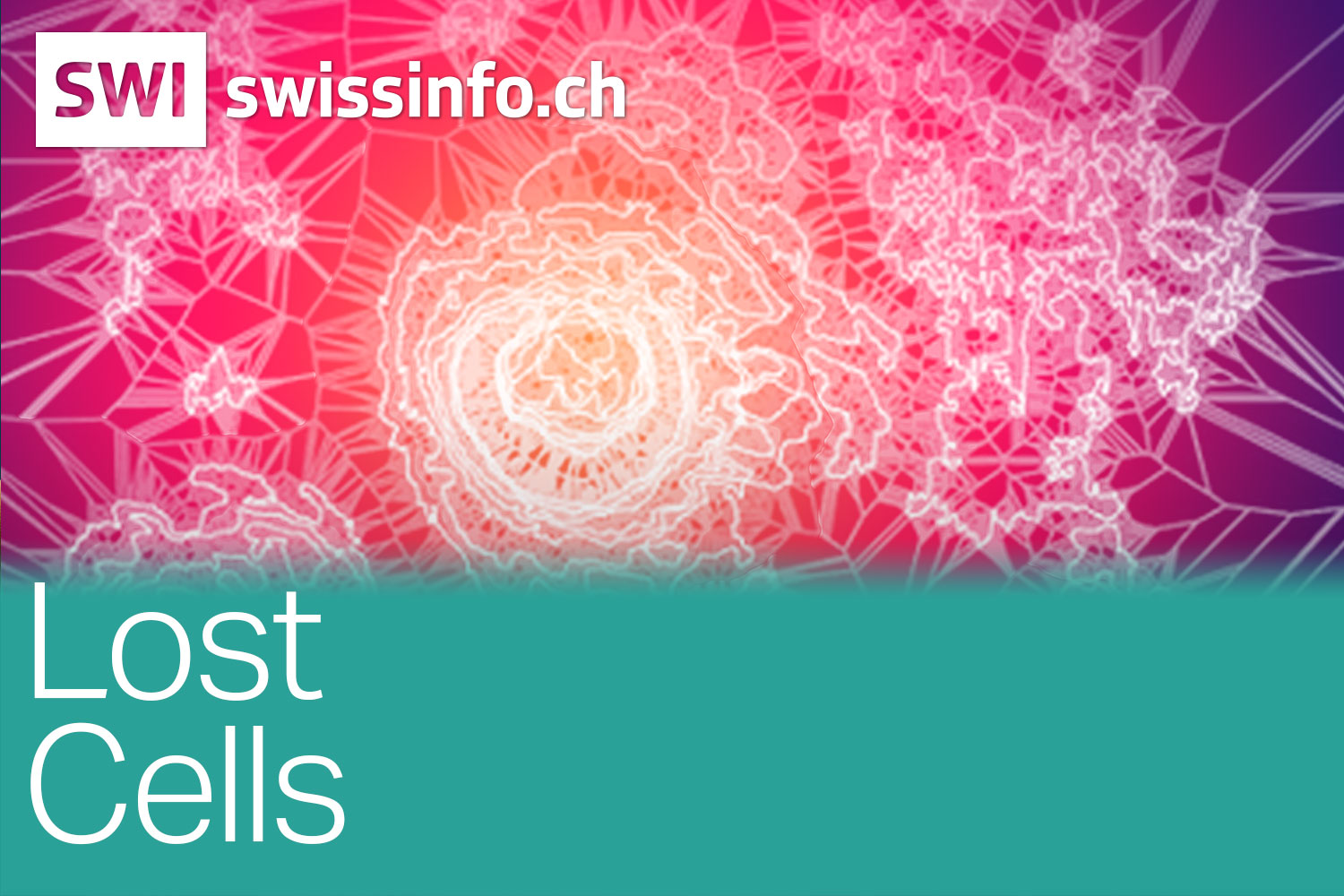





You can find an overview of ongoing debates with our journalists here . Please join us!
If you want to start a conversation about a topic raised in this article or want to report factual errors, email us at english@swissinfo.ch.